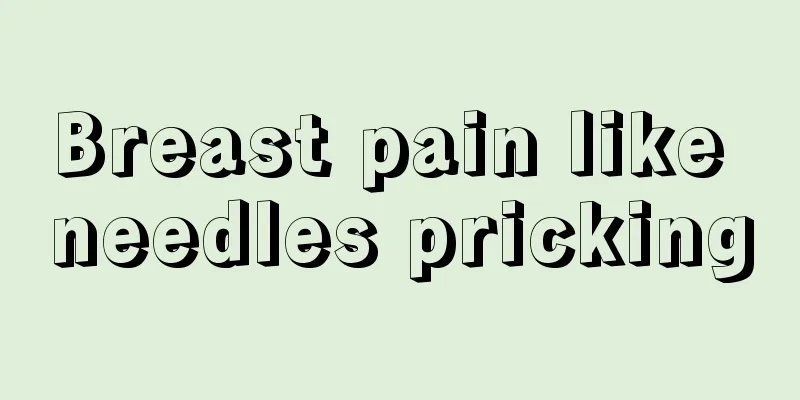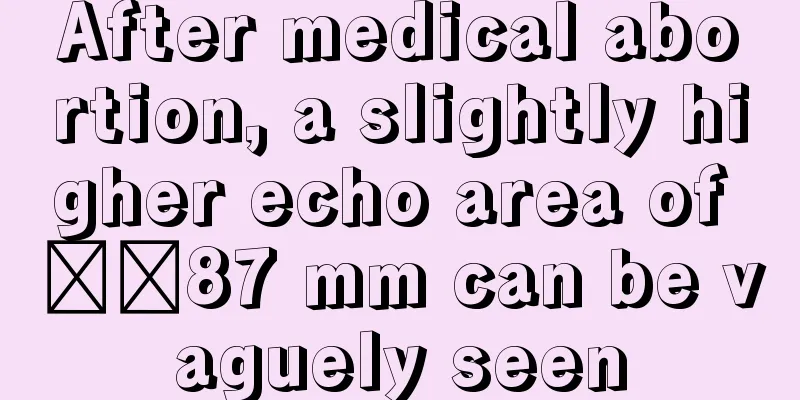The spine becomes "S" shaped and the height "shrinks": Beware of the hidden harm of crossing legs to teenagers

|
Author: Sun Jun Huashan Hospital Affiliated to Fudan University Reviewer: Fu Jue, deputy chief physician, Shanghai First Maternity and Infant Health Care Hospital Spinal health plays a vital role in the growth and development of adolescents. In recent years, data from campus physical examinations in my country show that the incidence of adolescent scoliosis is increasing year by year, seriously threatening the spinal health of adolescents. Scoliosis not only affects the appearance of the body, but may also lead to a significant decrease in height. This article mainly introduces the social status of adolescent scoliosis, the causes of bad living habits, and imaging examination methods. 1. What is Scoliosis? Scoliosis, also known as scoliosis, is a common spinal disease. It is characterized by one or more segments of the spine deviating from the midline of the body in the coronal plane, forming a lateral curvature. This disease is common in adolescents and children and is one of the main causes of their disability. The severity of scoliosis varies. Mild cases may have little impact on life, but severe cases may cause pain, difficulty breathing, limited cardiopulmonary function, and even require surgical treatment. Therefore, early detection and treatment are crucial. Figure 1 Copyright image, no permission to reprint 2. Social Status of Scoliosis According to statistics, the incidence of scoliosis among Chinese adolescents has exceeded 5%, and is increasing year by year. This is closely related to the change in modern lifestyle and the lack of awareness of scoliosis among parents. Among them, the bad posture habits of adolescents are one of the main causes of scoliosis. We should increase publicity efforts, improve the public's awareness of scoliosis, and encourage adolescents to develop correct posture, life and exercise habits. 3. Bad lifestyle habits that lead to scoliosis Scoliosis is closely related to bad lifestyle habits. The following habits may cause scoliosis: 1. Incorrect sitting posture: Taking an incorrect sitting posture for a long time, such as crossing your legs, leaning your body, etc., can easily lead to scoliosis. Figure 2 Copyright image, no permission to reprint 2. Improper sleeping posture: Sleeping on your side with a high pillow or curling up to sleep will put abnormal pressure on the spine, which may cause scoliosis in the long run. Figure 3 Copyright image, no permission to reprint 3. Lack of exercise: Long-term lack of exercise causes muscles and ligaments to relax, unable to effectively support the spine, and increases the risk of scoliosis. In addition, long-term carrying of heavy objects, wearing high heels, etc. may also cause scoliosis. Therefore, we should maintain good living habits to prevent the occurrence of scoliosis. 4. Imaging examination methods for scoliosis 1. Spinal X-ray examination: As a common method for diagnosing scoliosis, it is cheap, fast and intuitive. Through X-rays, doctors can clearly observe the shape and structure of the spine and determine whether scoliosis exists. 2. Spine CT scan: It can generate three-dimensional images of the spine, observe the detailed structure and vertebral facet joint lesions, and help determine the degree of scoliosis and surgical plan. Figure 4 Copyright image, no permission to reprint 3. MRI examination: It can observe the soft tissue and neural structure inside the spine. For patients with scoliosis who have concurrent spinal cord lesions or tumors, MRI examination can provide a more accurate diagnosis. Figure 5 Copyright image, no permission to reprint 5. Treatment of Scoliosis The treatment of scoliosis mainly includes non-surgical treatment and surgical treatment. The choice of treatment method should be determined according to factors such as the patient's age, degree of scoliosis, progression rate and physical condition. Non-surgical treatment is the first choice and is suitable for patients with mild or slow-progressing scoliosis. Its purpose is to prevent the scoliosis from worsening, improve posture, and relieve pain. Common methods include observation, physical therapy, gymnastics, plaster fixation, and brace therapy. For patients with more severe or rapidly progressing scoliosis, surgical treatment may be required. The purpose of surgery is to correct the scoliotic spine, restore its normal shape, and relieve pressure on the spinal cord and nerves. Surgical methods include posterior correction and fusion, anterior correction and fusion, etc. No matter which treatment method is chosen, it must be carried out under the guidance of a professional doctor in order to achieve the best treatment effect. In short, the problem of adolescent scoliosis needs urgent attention. We should work together to provide strong protection for the healthy growth of adolescents from multiple aspects such as prevention, intervention and treatment. |
<<: I need to take medicine during breastfeeding. Which one is safer? Can I still breastfeed?
>>: Revealed! Why do doctors always urge you to "move" after gastrointestinal surgery?
Recommend
What you are eating may be a "child of the stars"! Enter the world of irradiated food
What you are eating may be a "child of the s...
Does medical abortion require uterine curettage?
Everyone knows that the best way to deal with an ...
Flurry: The number of active connected devices (mainly smartphones and tablets) worldwide is expected to reach 2 billion in 2014
Flurry, an American research company, released a ...
Is it necessary to have a hysterectomy for uterine fibroids?
Having uterine fibroids is already very unfortuna...
Brown discharge from below three months after giving birth
A great mother carries her baby for ten months. N...
Single-shoulder backpacks can easily cause hunchbacks. The pros and cons of 5 common backpack postures
[Single shoulder bag] benefit: Hanging it on one ...
Will ectopic pregnancy surgery leave scars?
If an ectopic pregnancy is treated by cesarean se...
Can I eat rock candy during menstruation?
Rock sugar is another type of sugar made from gra...
There are six major symptoms of successful conception
Many people are getting pregnant for the first ti...
How to do HPV biopsy
HPV virus is a viral infection with a very high m...
How long after giving birth can I get my eyebrows embroidered?
Eyebrow trimming allows women to maintain beautif...
The pros and cons of being a vegetarian
As people's living standards improve, more an...
How long does it take for an embryo to form during pregnancy?
The question of how long it takes to have an embr...
Irregular menstruation after medical abortion
The word "abortion" appears more freque...









